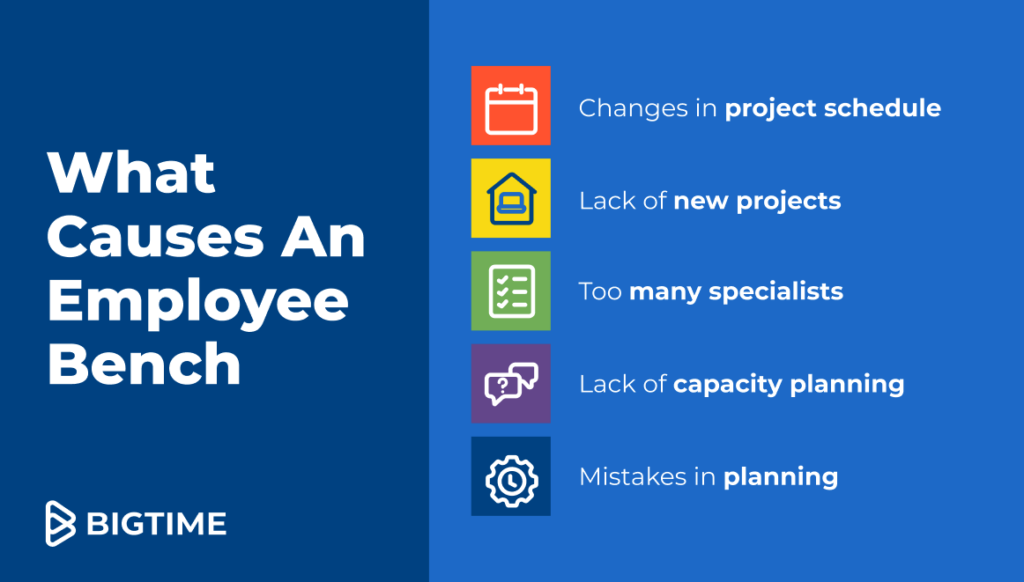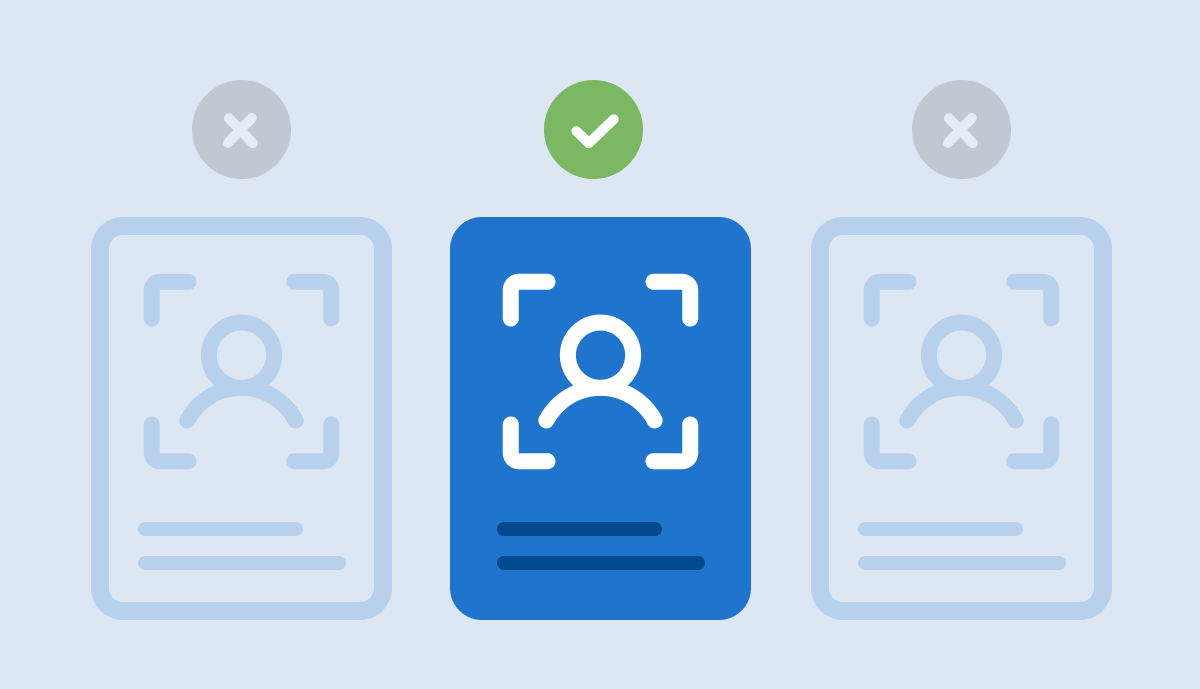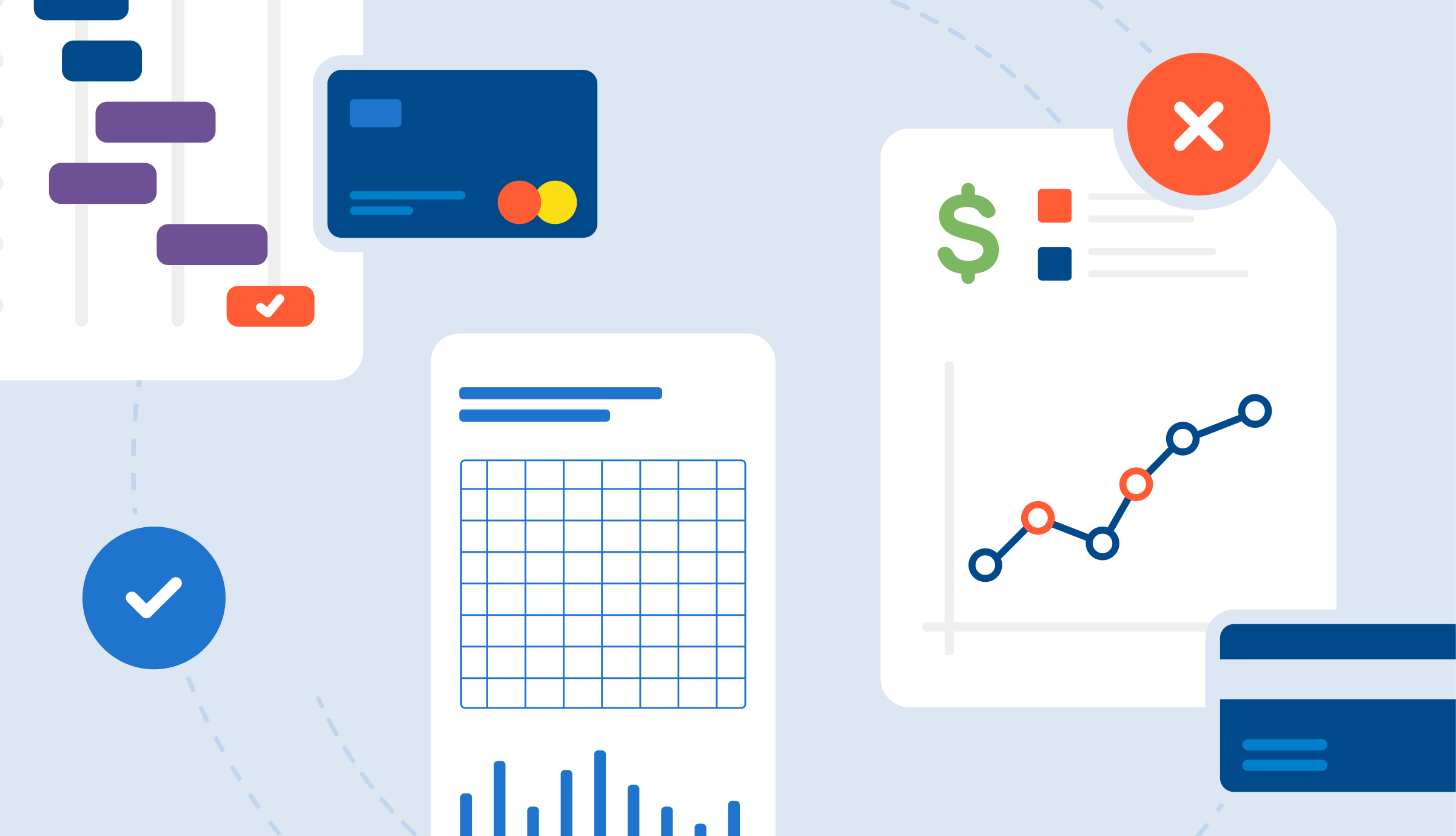You probably wouldn’t be happy if your employees hung out by the coffee machine for hours. So why do companies often turn a blind eye to the benched employees who have no projects to work on?
The answer is simple: they likely are unaware of how much money is being lost from their employee bench. By gaining a better understanding of the hidden costs associated with a benched employee and the repercussions, professional services firms can begin implementing processes to prevent an employee bench at their organization. Don’t worry, we’ll cover all of that and more, just keep on reading!
What is a benched employee?
Benched employees are those without projects or assigned tasks for a period of time, yet they remain on the company’s payroll, receiving wages and salaries. Essentially, they incur costs without directly contributing to the company’s profits during that time.
Don’t Mistake a Benched Employee for Something Else
While the employee bench should be universally avoided, don’t misinterpret it as other situations that might be neutral or even beneficial for the company.
Below are a couple of examples of situations that don’t classify as a benched employee
Low Capacity
Capacity is the maximum amount of work or tasks a team, person, or resource can handle in a set time. However, having little or low capacity does not always mean that an employee is on the bench.
Senior employees and managers often spend most of their time on important organizational processes. Non-billable work like meetings, workshops, consultations, and other activities take up a lot of their time but are critical to the success of the business and will be profitable in the long run.
However, for junior and mid-level employees, low capacity should be worrying. Since these employees are working almost exclusively on billable projects, their capacity should be around 90% (with the other 10% being dedicated to internal breaks, meetings, etc.).
Internal Responsibilities
Internal work, such as meetings, organizational processes, and internal projects, should not be considered time on the bench, as it is the work that brings (or, at least, it should) generate some profits.
However, internal work could be considered bench time in terms of costs. That is because the hours spent working on internal tasks generate costs without generating immediate profits, resulting in growing company overheads. It’s important to keep an eye on these overhead costs and make any necessary adjustments.
Why is my employee bench growing?
The employee bench doesn’t appear out of nowhere. In general, it is caused by resource management problems, such as:
- Poor visibility/forecasting into current and upcoming projects causing bad decisions about hiring.
- Unexpected changes in a project schedule causing the project to be finished or abandoned before the planned date.
- Problems with acquiring new projects — either in general or for employees with a specific skill set.
- Hiring too many specialists or hiring specialists with insufficient skills that cannot be assigned to projects.
- Lack of capacity planning that assigns full-time employees fewer hours than they have to spend working.

How much does the employee bench cost?
The answer to this question is, of course, it depends. But don’t worry, we won’t leave you with such an unhelpful answer.
Employees With No Allocations
First, let’s analyze the simplest example, an employee with no allocations at all and 100% of their capacity is available. We’ll assume that the specialist in question is a full-time employee, working 160 hours per month.
If the person is not a contractor, their monthly salary remains unchanged regardless of the hours worked. Therefore, if the specialist’s salary is $5,000, the cost of benching this person for 160 hours will be $5,000.
However, if the employee is a contractor, you should calculate their wage based on an hourly rate stated in their contract. For example, if the person’s rate is $55 in a month consisting of 160 working hours, benching this specialist will cost you $8,800.

Employees With Part-Time Allocations
Of course, the employee bench doesn’t just apply to specialists assigned to no tasks at all. Some of them may have no responsibilities for just a fraction of their time, which also means their working hours are being wasted.
For example, imagine that you have an employee assigned to a project for 80 hours per month, or 50% of their maximum capacity. Half of the money spent on their wages (or hourly rates, if they’re a contractor) contributes to no profits. Therefore, the costs of them being benched for half of his time is:
- $2,500 if they’re a regular employee with the same salary as in the previous example.
- $4,400 if they have the same hourly rate as in the previous example.
That is still a lot of money, but things become even worse when we look at the cost of the bench in the entire company.
The Total Cost of a Company’s Employee Bench
For this example, let’s assume the company is a medium-sized business. After analyzing its project schedules, it turned out that in a given month:
- Two regular employees have no projects assigned to them. Their salaries are $5,000 and $4,500.
- There is one regular employee who has 50% of his capacity available. His monthly wage is $6,000, so $3,000 is spent on no billable projects.
- Two regular employees will only spend 25% of their time on projects. Both of them earn $4,000 monthly, so $3,000 of their salaries goes to waste.
- There is one contractor that will have no project to work on. She earns $40 per hour, so in a month with 160 working hours, she should earn $6,400.
- There is one more contractor booked for only 50% of his time. His hourly rate is $30, so his lack of work will cost the company $3,400.
So what’s the cost of this company’s employee bench?
Calculating the Cost of a Company’s Employee Bench
To determine the cost of the bench in the company, we simply need to add the costs of all the hours that are not assigned to either billable or non-billable projects. Therefore, for this example, the formula will be:
$5,000 + $4,500 + $3,000 + $3,000 + $3,000 + $6,400 + $3,400 = $28,300
That amount of money would certainly make a difference for a medium-sized company!
As you can see in this example, even with just a few people on the bench, the overall costs of idle employees went through the roof when the value of their free time was calculated.
How does the employee bench affect project profitability?
While this company may not see the $28,300 as a significant amount compared to its revenues, the sum can take a toll on the profitability of your projects. For example, let’s assume the company has 5 projects with a combined revenue of $200,000. In this case, the bench eats up nearly 15% of the sum!
Still, things may get even worse when we look at this sum’s impact on the projects’ profitability. Imagine that the company has five projects:
- One $60,000 project with a 20% profit margin, generating $12,000 in profits.
- Two $40,000 projects with a 10% profit margin, generating $8,000 in profits in total.
- Two $30,000 projects with a 25% profit margin, generating $15,000 in profits in total.
To sum up, the company generates a profit of $35,000 and loses over $28,000 on the bench, making the majority of the projects unprofitable, and that does not include other organizational overheads.

When is it time to let my bench go?
What if a company’s bench size and associated costs become too much to manage?
Let’s imagine a very common situation in the professional services industry. A company has lost a project that was just about to start, leaving 3 experienced employees on the bench. However, the next projects matching their skills can start in 3 months and the company only has a 50% chance to acquire the projects in general. Should the company keep these employees or should they be let go?
The answer to this question is not simple. First of all, we need to analyze a few things:
- Can we somehow improve the odds of acquiring new projects?
- Can we find any other projects for the employees to work on? What are the chances of doing so?
- What costs do the benched employees generate? What percentage of the company’s cost do they make?
- How will the profitability of the company be affected by the costs?
With the uncertainty of the new projects and no prospects for the current ones, the situation can be too risky and too costly. In other words, it can take a toll on the entire company in just these 3 months. If there are low chances of improving the situation in any way (that will be the case for most companies) – the answer is simple, yet tough: you may consider letting those employees go.
What if hiring new employees is even more expensive?
There is one more factor you should consider before deciding to part ways with some of your most precious employees: the cost of finding their replacement, should they be needed in the future.
Sometimes, especially for experienced employees with multiple specializations, hiring new employees or training them generates enormous costs that are much bigger than a bench would ever be. For this reason, senior specialists are rarely made redundant.
Things to Consider Before Dismissing Valuable Employees
You cannot place them on the bench based on your gut feeling, you need solid data to support your decision. To determine that, you should prepare:
- A list of potential or planned future operations that you could assign the employee to in the future.
- An estimated profit from a project the benched specialist could potentially bring in.
- The cost of either hiring or training a new employee to a similar level of skills.
If the costs outweigh the risks, there’s a tough decision to make.
How to Fix a Growing Employee Bench
Just calculating the cost of the employee bench is not enough to solve the problem altogether. To do so, you need to take some serious measures. We recommend you do the following.
Forecast Your Resources
Plan and find gaps in your resources before they start to sit on the bench.
Focus on Finding New Projects for Benched Employees
Letting people go is a last resort in the professional services industry, as good specialists can be hard to find. Therefore, use the data from forecasting to predict the demand and find new projects for those in danger of being idle.
Monitor Your Resources
In some cases, it may turn out that some employees simply have no place for themselves in the company as their needs change with time. Consider reducing the number of such employees to increase profits.
Using Professional Services Automation Software to Monitor and Prevent the Employee Bench
PSA (Professional Services Automation) software, like BigTime, is essential in monitoring and preventing the employee bench by efficiently managing resources. It provides real-time visibility into employees’ workloads, project allocations, and available capacity. Through robust resource and capacity management features, BigTime empowers managers to effectively assign tasks, balance workloads, and identify available resources.
This proactive approach helps prevent employee benching by allocating tasks based on each individual’s utilization, availability, and skill. Additionally, the software aids in forecasting future workloads, facilitating better resource planning, and ensuring consistent employee engagement and productivity.
With the ability to analyze historical data and identify trends, managers can make informed decisions to optimize resource allocation, manage capacity effectively, and prevent instances of idle time among employees.

Frequently Asked Questions About The Employee Bench
What is a benched employee?
A benched employee is someone within a company who is not currently assigned to a project or task, often waiting for their next assignment or project allocation.
Are benched employees expensive?
Benched employees can become costly for a company because they aren’t actively contributing to projects while still drawing a salary, which impacts the company’s productivity and bottom line.
How do you calculate the cost of a benched employee?
To calculate the cost of a benched employee, tally their salary, benefits, overhead expenses, and lost productivity potential during the idle period.





